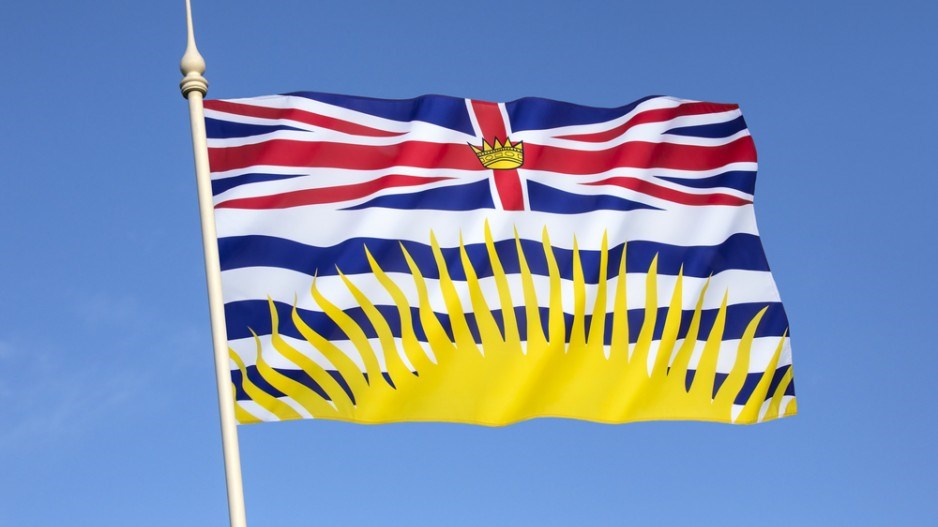British Columbia is set to lead the country in terms of economic growth in 2016, taking over from Alberta, which is expected to see its economy contract this year and return to slow growth next year.
The economy in B.C. will grow by 2.8% in 2016, according to a CIBC World Markets report released November 23, with Ontario in second place at 2.4%. These rates of growth are well above the anticipated 1.9% growth nationwide.
“Solid growth is in store for the central Canadian and more manufacturing intensive economies of Ontario and Quebec,” said CIBC World Markets chief economist Avery Shenfeld.
“But the top spot is reserved for B.C., which has been benefiting the most from overseas investment and from bordering some of the fastest-growing areas of the U.S. economy at present.”
This is not the first report to state B.C. is expected to take top spot across the country in terms of growth in the near future. BMO, the Conference Board of Canada and Central 1 have all put out studies in the past several months with similar findings.
The CIBC report said B.C., along with Prince Edward Island, will see the country’s biggest boosts to tourism due to a lower loonie.
“B.C. and P.E.I. stand as the provinces with largest share of GDP in that potentially winning sector and other provinces could benefit to a lesser extent from decreased cross-border shopping,” Shenfeld said.
Overall, however, Ontario and Quebec will be see the biggest boosts from a lower Canadian dollar. In addition to increased export volumes already experienced today, the report said, new and expanded plants in those provinces will keep manufacturing output high.
Nationwide, CIBC said 2015 is expected to show a modest 1.1% growth, but this will rebound to 1.9% in 2016 and 2.1% in 2017.
“Much of the downshift in national GDP has captured the steep retreat in capital spending in mining, oil and gas over the past year, and 2016 could see a less-dramatic but still negative trend in that sector," says Mr. Shenfeld.
The gap between the “have” and “have-not” provinces is narrowing, the study found. Between 2006 and 2014, the real GDP of Alberta, Saskatchewan and Newfoundland and Labrador was a full 10% higher than in the rest of the country. This gap has narrowed and will continue to do so.
Alberta’s growth next year will be based on a boost in provincial infrastructure spending.
“But down the road, [Alberta] hopes that a return to energy sector activity arrives in time to counter future fiscal restraint,” Shenfeld said.




